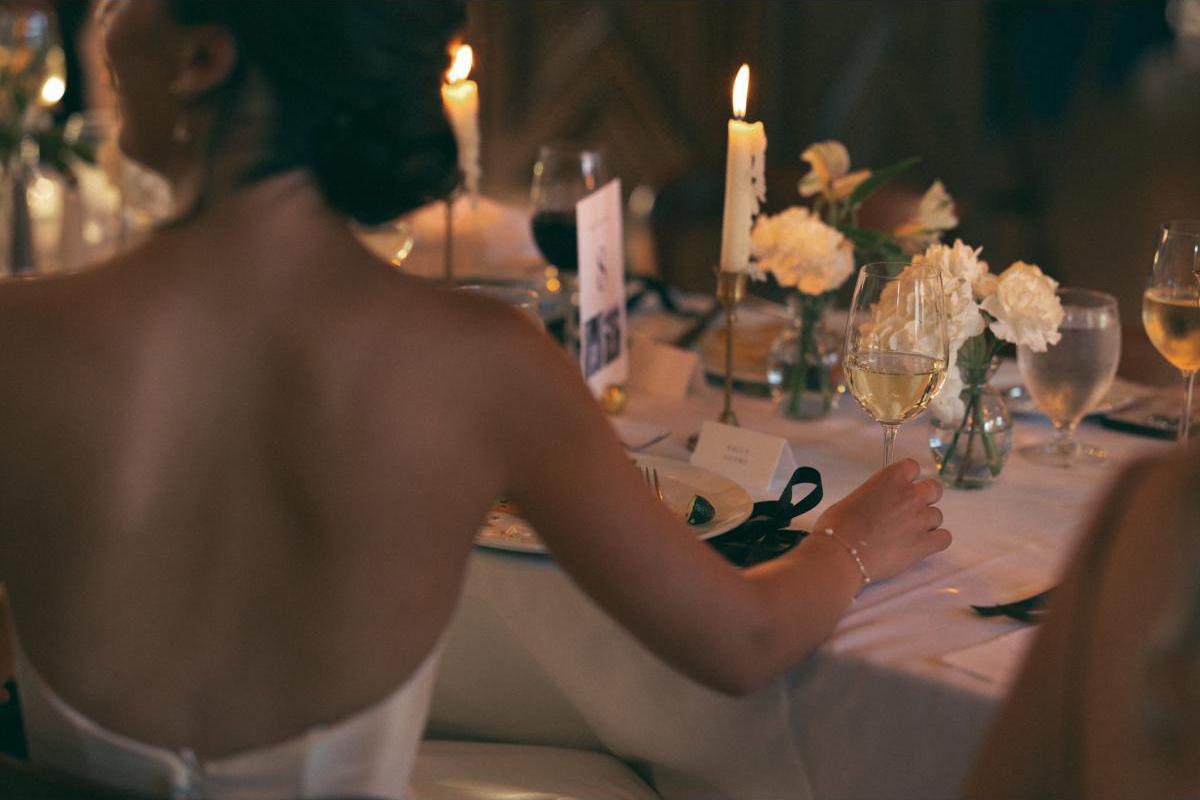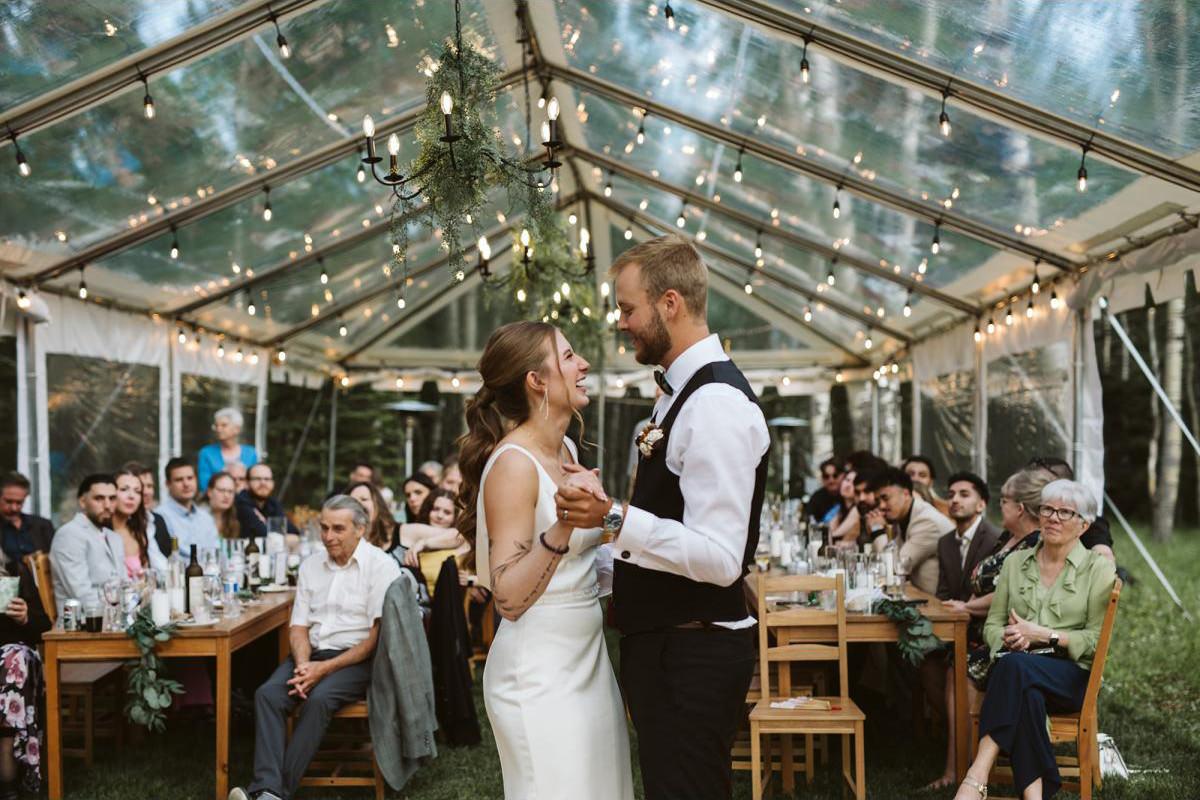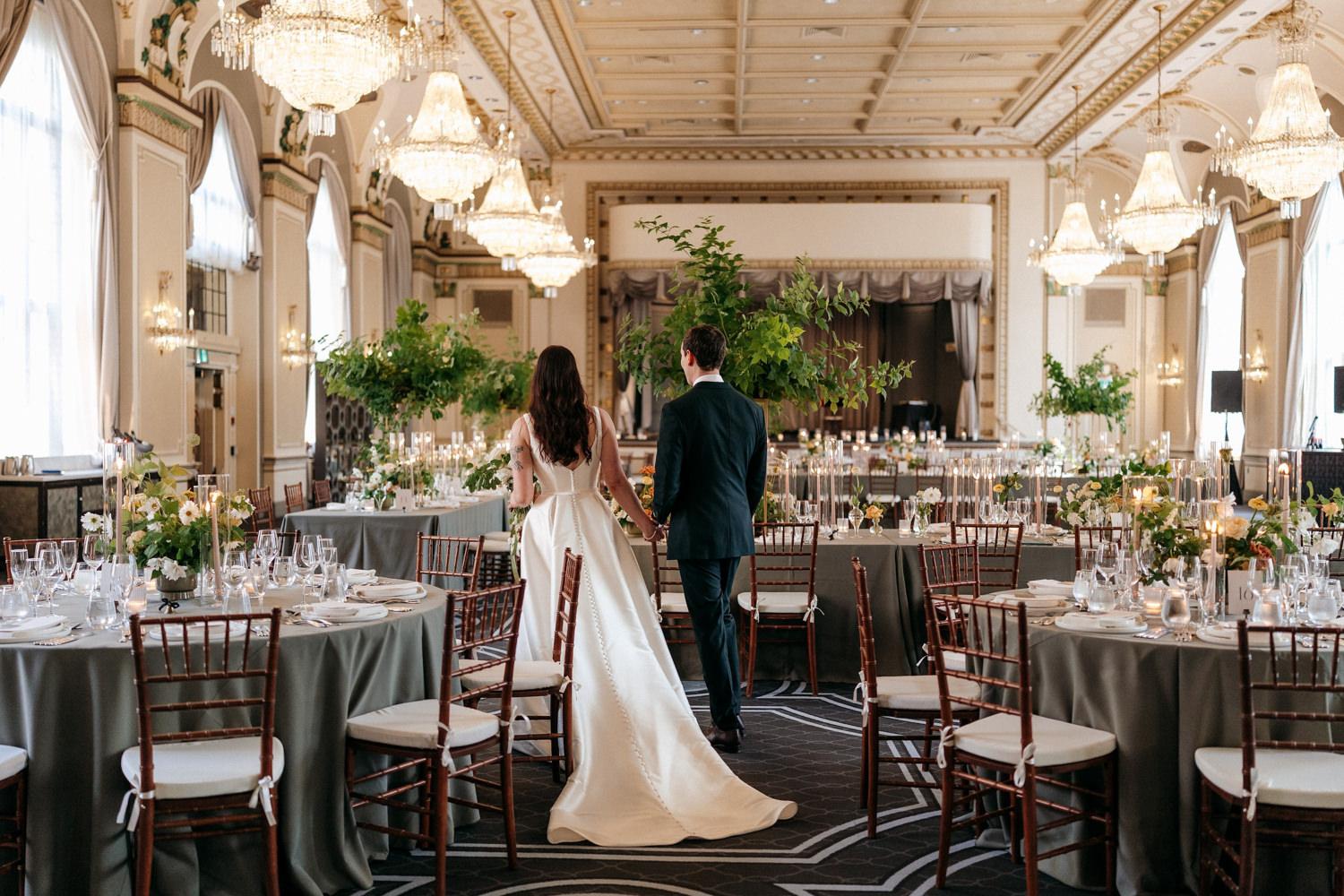Once a formal meal to seal alliances, the wedding reception has become a curated experience—a blend of tradition, culture, and personal expression.
Today’s wedding receptions might include food trucks, signature cocktails, choreographed entrances, or intimate backyard dinners. But this freeform celebration evolved from something much more structured. In the past, the reception wasn’t just a party—it was often a social requirement, a political act, or a symbol of economic status.
From medieval feasts to modern dance floors, here’s how the wedding reception has evolved across cultures and centuries—and how Canadian couples are making it their own.

Ancient and Medieval Receptions: Food as Symbol, Not Indulgence
In ancient cultures, wedding feasts were often as important as the ceremony itself.
- In ancient Greece and Rome, banquets followed the legal union, emphasizing community recognition and hospitality.
- In medieval Europe, the wedding feast was a display of wealth, power, and alliance—especially among nobility.
- For many families, the size and abundance of the feast were as symbolic as the vows: lavish food = strong social standing.
These early receptions were less about the couple, and more about the joining of families and honouring of guests.
The Role of Religion and Class in Reception Traditions
For centuries, reception traditions were shaped by both faith and finances:
- In Christian and Jewish weddings, the post-ceremony meal was often a community gathering with blessings and structured rituals.
- Hindu weddings traditionally included elaborate multi-day feasts with regional dishes and offerings to deities.
- In rural European villages, everyone in the community was expected to attend, creating a strong sense of collective celebration—even when resources were limited.
Class played a major role: the wealthier the family, the more extravagant the food, drink, and entertainment.

The 19th–20th Century: Receptions Get Formal (and Photographed)
With the rise of the middle class in the 1800s, wedding receptions began to mirror aristocratic customs:
- Seated dinners, printed menus, and dance cards became common.
- Formal cake cuttings, champagne toasts, and speeches were introduced and codified.
- The reception evolved into a programmed experience, with a predictable order of events—still seen in many modern weddings today.
By the 20th century, especially post-WWII, the reception became the main event of the wedding day for most Western couples.
Canadian Receptions Today: Diversity, Personality, and Flexibility
Modern Canadian wedding receptions are as varied as the couples hosting them.
Common Formats Include:
- Formal plated dinners at banquet halls or hotels
- Buffet-style receptions at community centres or outdoor venues
- Cocktail receptions with grazing tables, canapés, and lounge seating
- Multicultural celebrations blending music, food, and traditions from multiple cultures
Couples today are choosing reception styles that reflect their values, budgets, and priorities.

Cultural Influences in Canadian Weddings
Because Canada is multicultural, reception formats often reflect diverse heritages:
- South Asian receptions may include multi-day banquets, Sangeet nights, or high-energy dance performances.
- Chinese weddings may feature a 10-course banquet, tea ceremonies, and games.
- Indigenous wedding celebrations may incorporate traditional drumming, storytelling, and communal meals.
- Jewish receptions often include the hora, blessing over wine, and spirited dancing.
Couples often blend cultural elements to honour both families—and make the night unforgettable.
The Reception as an Expression of Identity
Receptions today are a creative outlet:
- Custom playlists, signature cocktails, and interactive food stations
- Lounge areas, photo booths, game tables, or late-night snacks
- Couples are moving away from rigid programs and opting for flow, atmosphere, and guest experience
The reception isn’t just a celebration—it’s a reflection of who the couple is together.
Through the Photographer’s Lens: Energy, Emotion, and Movement
The reception is where photographers capture some of the most candid, expressive images:
- Emotional speeches, wild dance floor moments, quiet glances during dinner
- Toasts, group cheers, and children playing under tables
- Cultural performances and multi-generational embraces
The best reception photos aren’t just highlights—they’re stories in motion.

Related Reading in the History of Weddings Series:
- The History of Wedding Music and Speeches
- The History of the Wedding Cake
- The History of the First Dance
- Wedding Traditions from Around the World
Continue Planning Your Wedding
Ready to dive into the details? How to Find the Perfect Wedding Photographer: The Ultimate Guide to Making the Right Choice